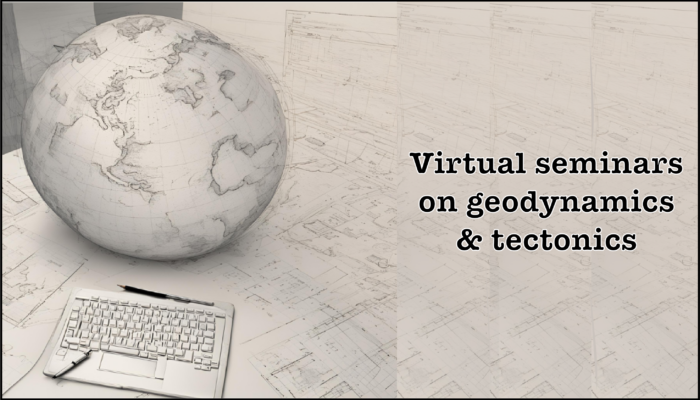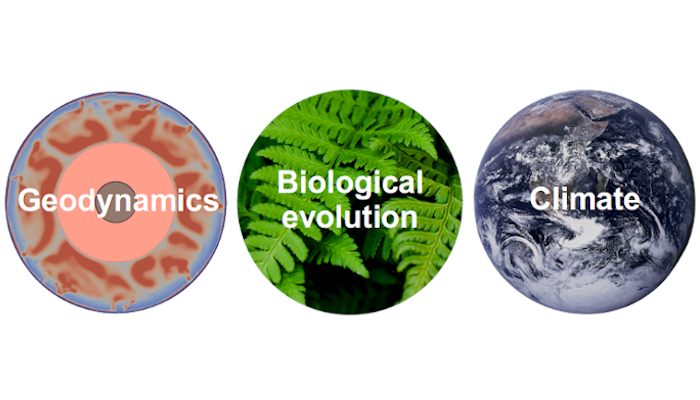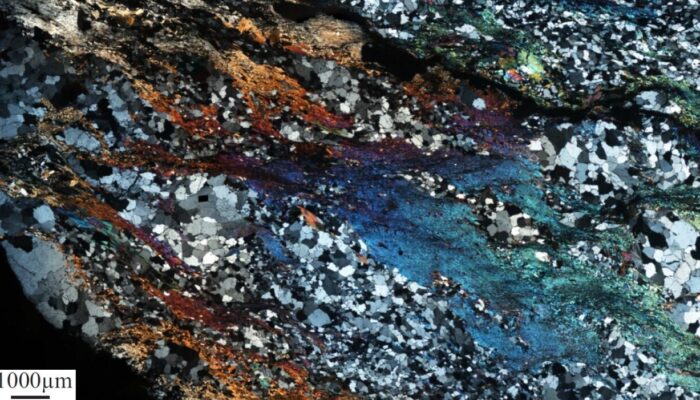In 2020, we found ourselves fully immersed in the world of virtual seminar series, a trend that has continued since then. By that time, the blog team made a compilation of seminar series of interest to the Geodynamics community. Four years have passed bringing both new additions and some that have become inactive. It’s now time for an update! Here is a non-exhaustive list of recorded seminar serie ...[Read More]
Biogeodynamics – Let’s model the entire world!
All models are wrong, but some are useful – we all have heard this quote. But it raises several questions (including but not limited to) – What would a model of the entire world look like? Can you couple geodynamical models with climate and biological evolution models? Would these models be useful? In this week’s blog post, Timothy Gray, a PhD student from ETH Zürich is looking for ans ...[Read More]
Exploring rheology of Earth’s materials: The marvels of high-temperature high-pressure deformation experiments
The Earth, with its towering mountains, shifting tectonic plates, and dynamic geological processes, has always been a subject of fascination and inquiry for scientists. Amidst the vast array of scientific disciplines, one relatively small yet impactful field, known as experimental rock deformation, plays a crucial role in unraveling the mysteries hidden beneath the Earth’s surface. Though th ...[Read More]
Equilibrium Crustal Thickness and Dynamics of Earth’s Lithosphere: The Answer is 42.

“The Hitchhiker’s Guide to the Galaxy” had the answer; we think we have the right question. This week, Ajay Kumar from IISER Pune, India, will take us on a journey to the depths of the Earth’s lithosphere – a world as mysterious as the farthest reaches of the Universe. We will see what the thickness of the Earth’s crust can tell us about the balance between the ...[Read More]



